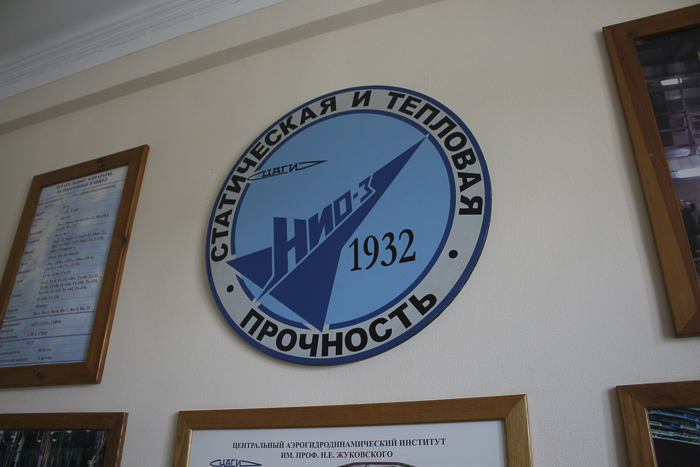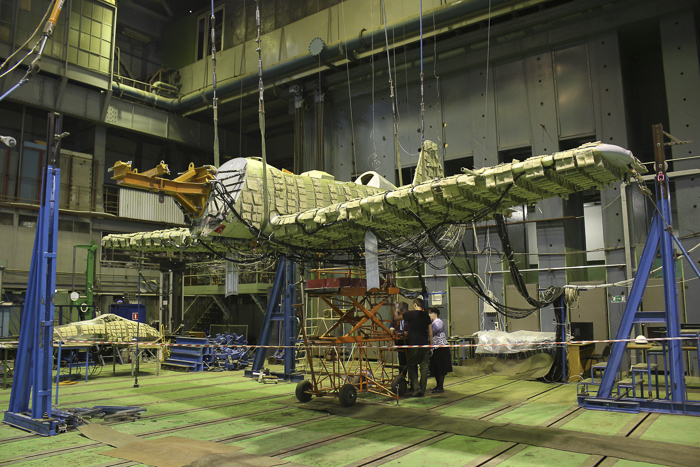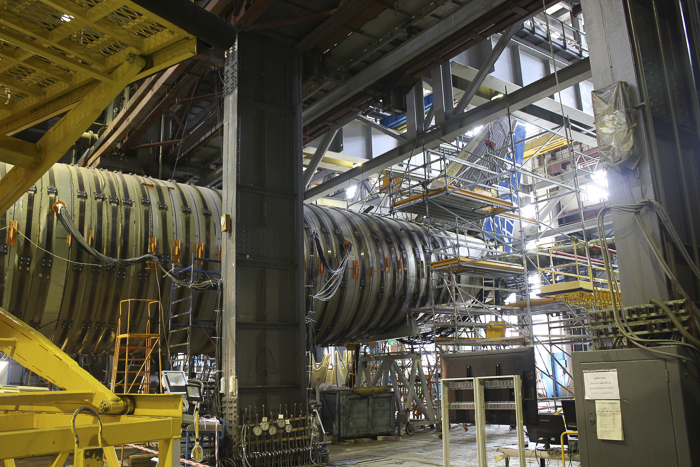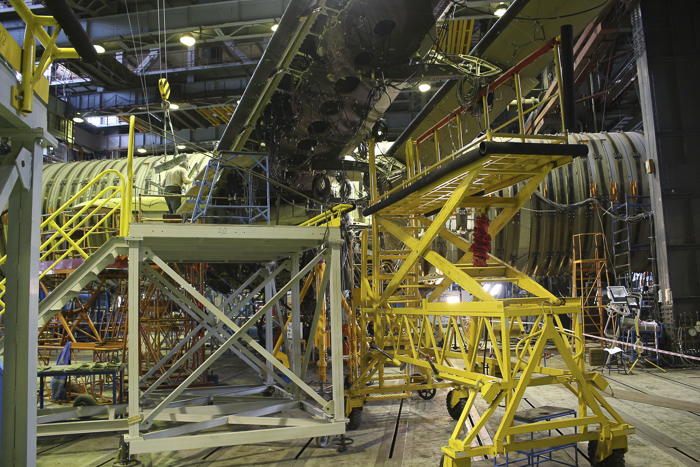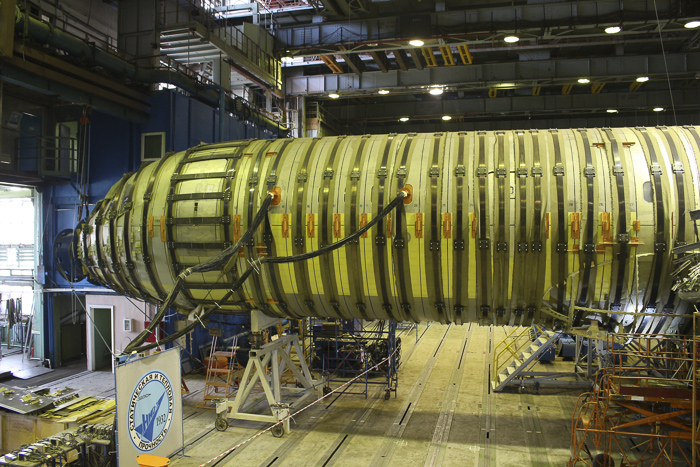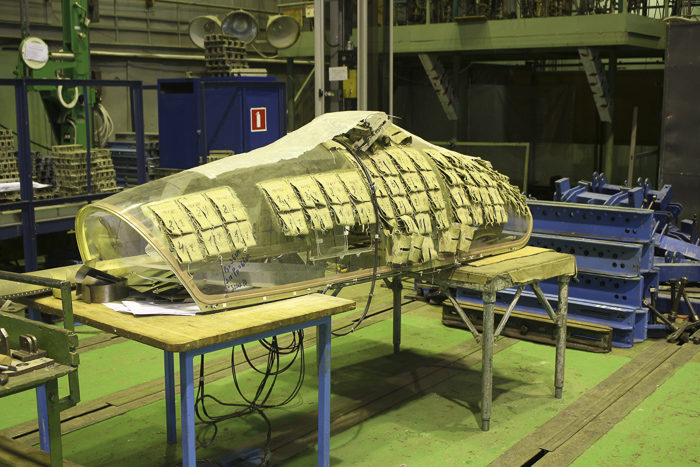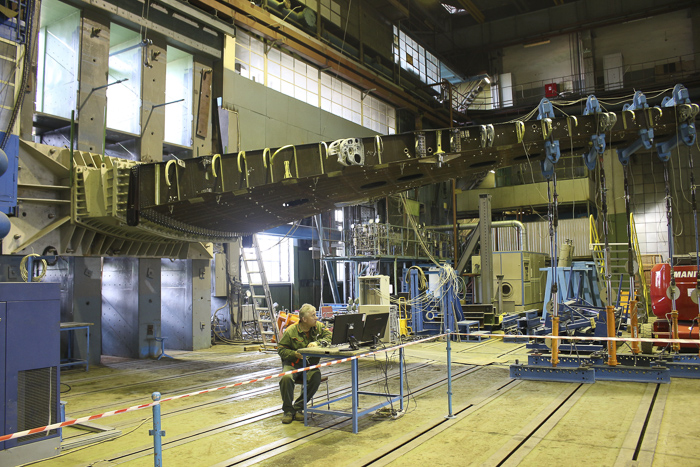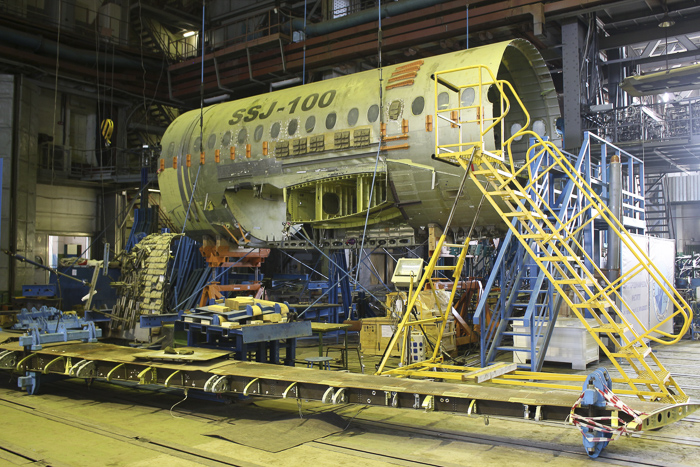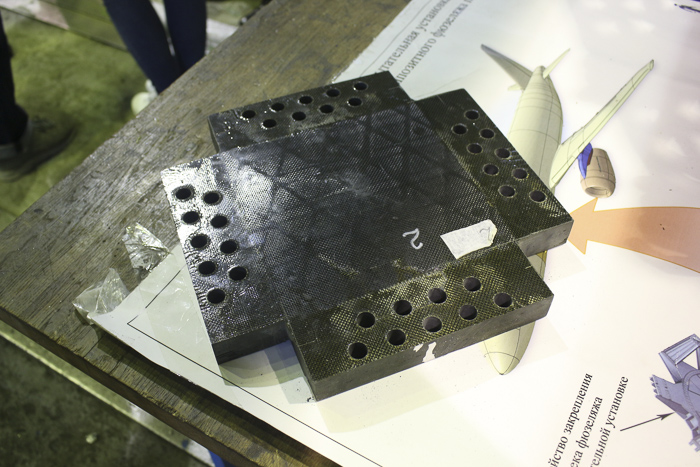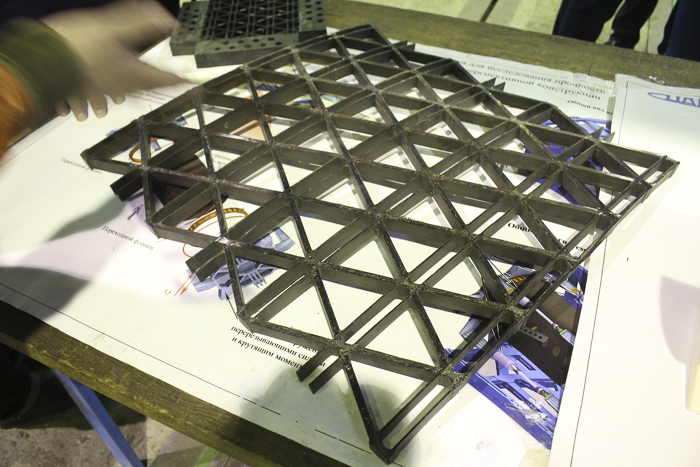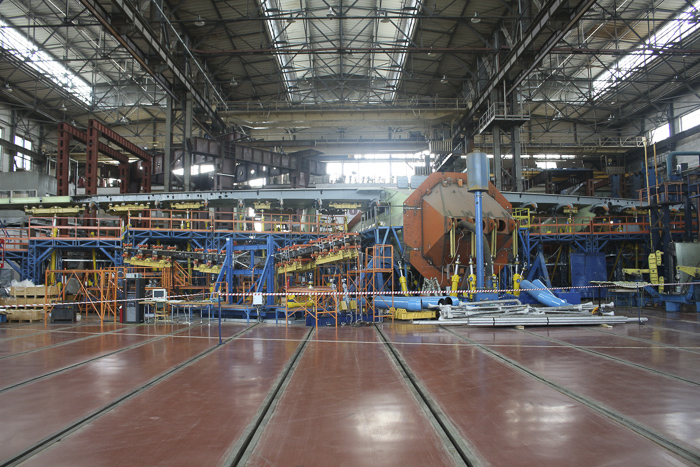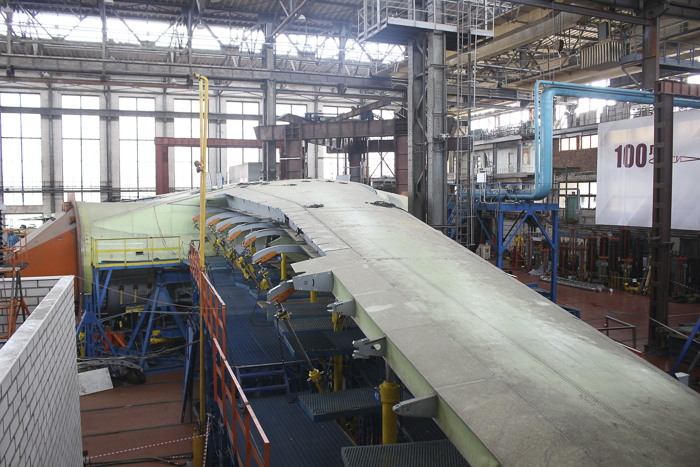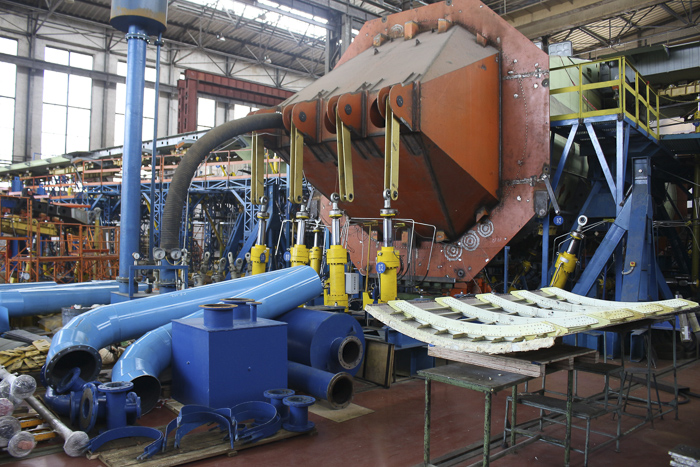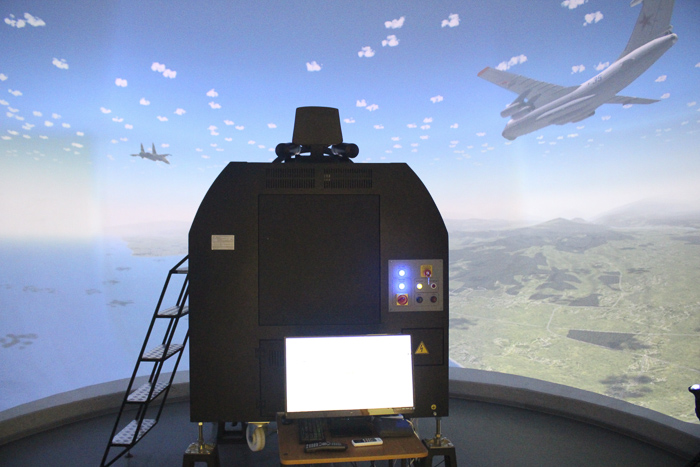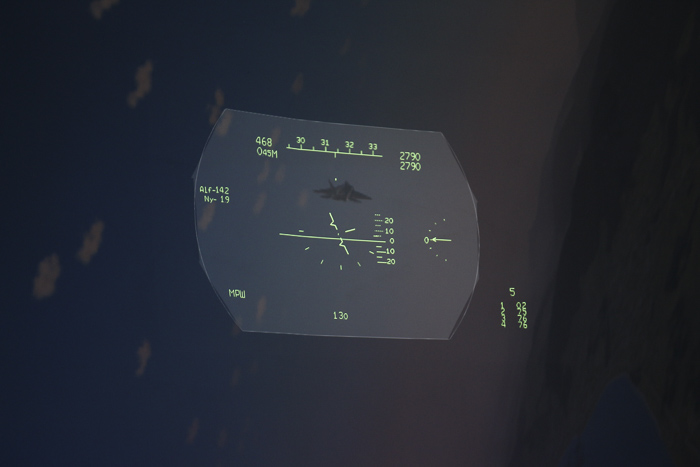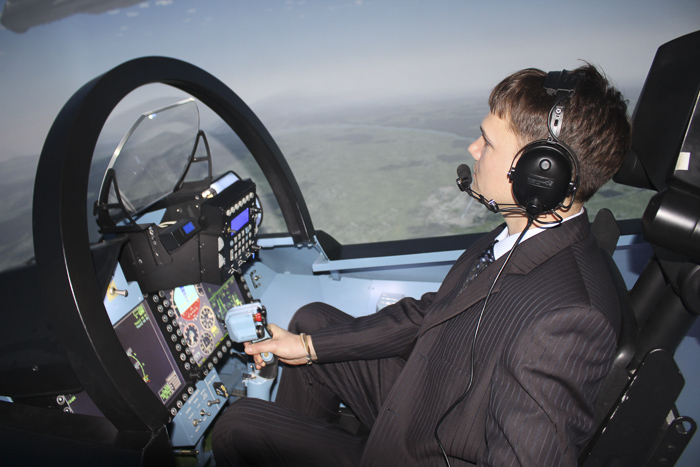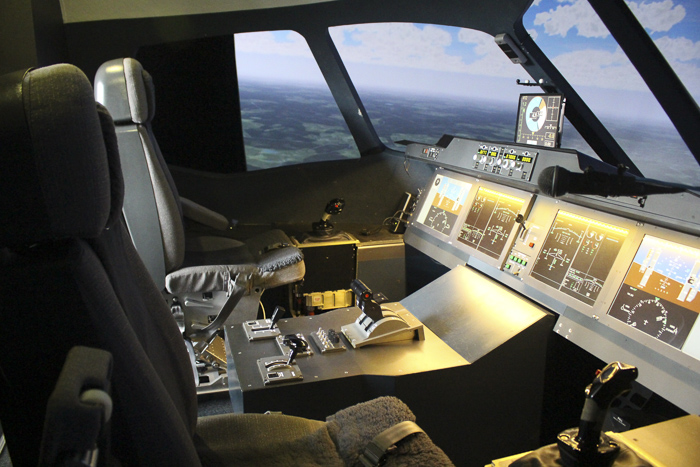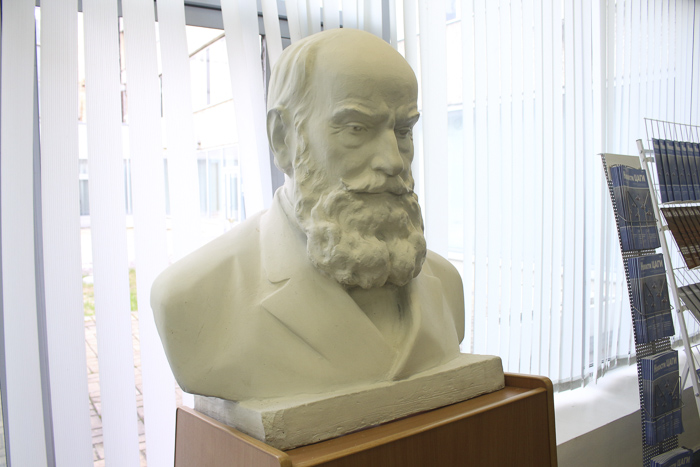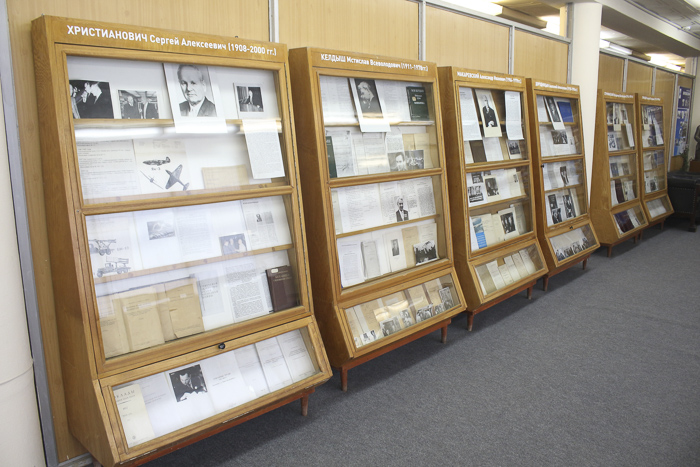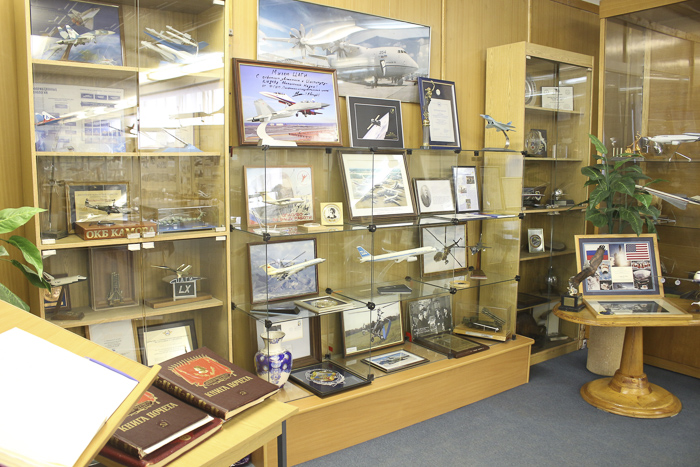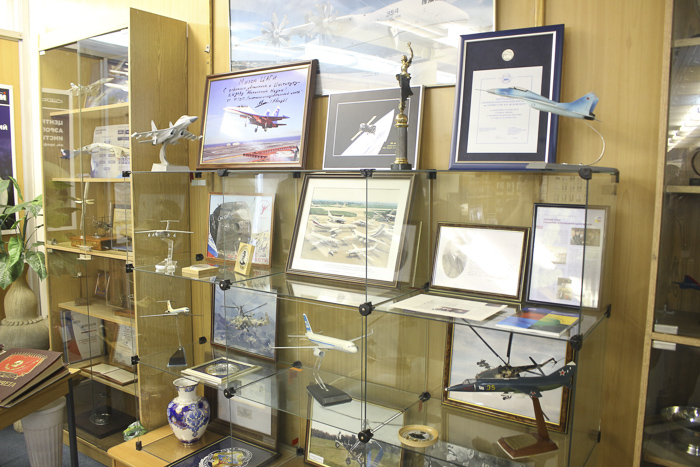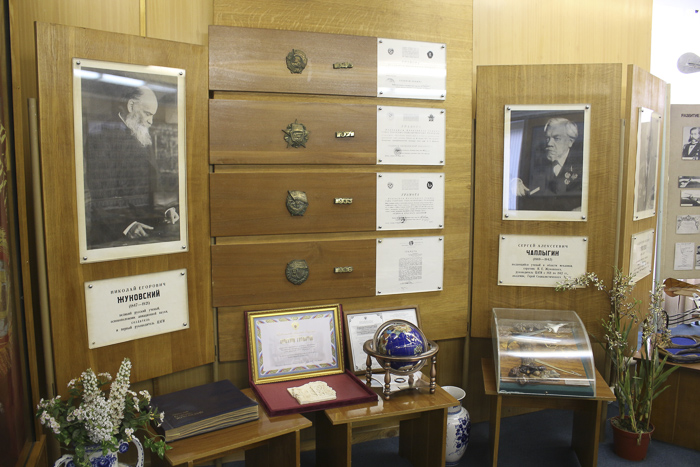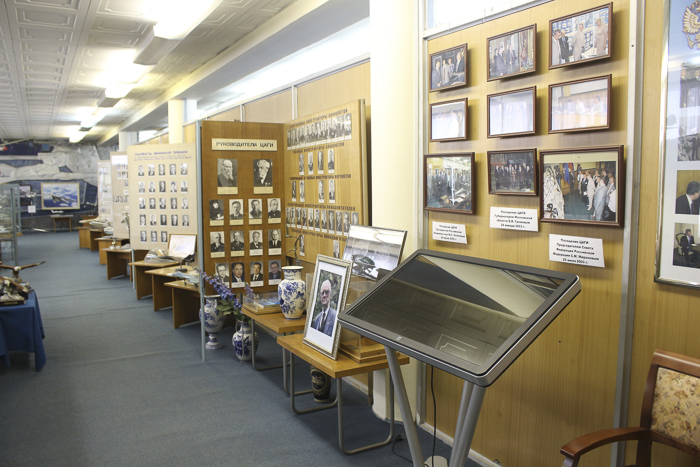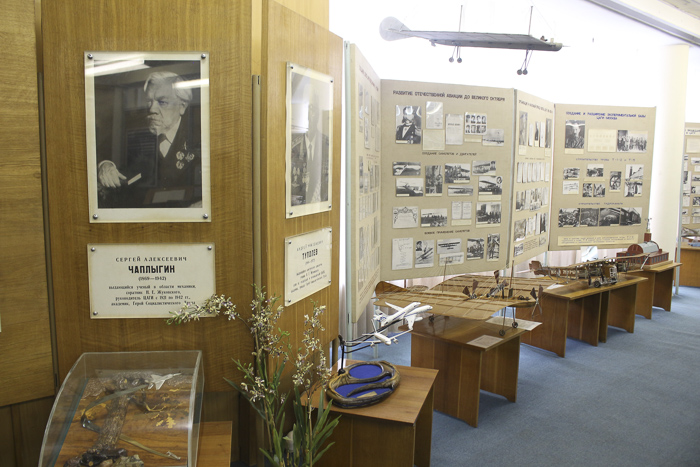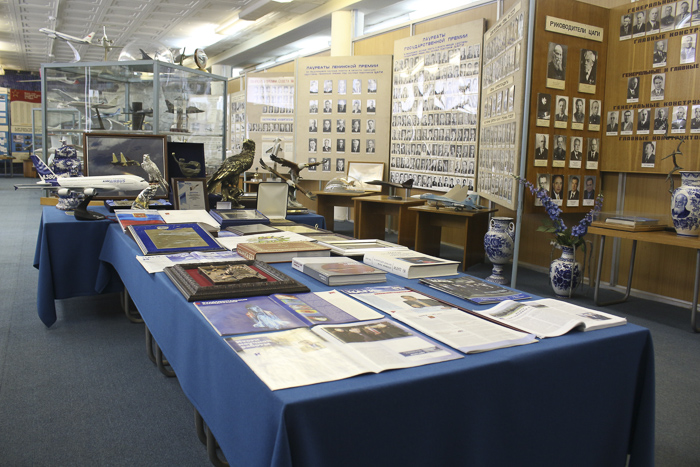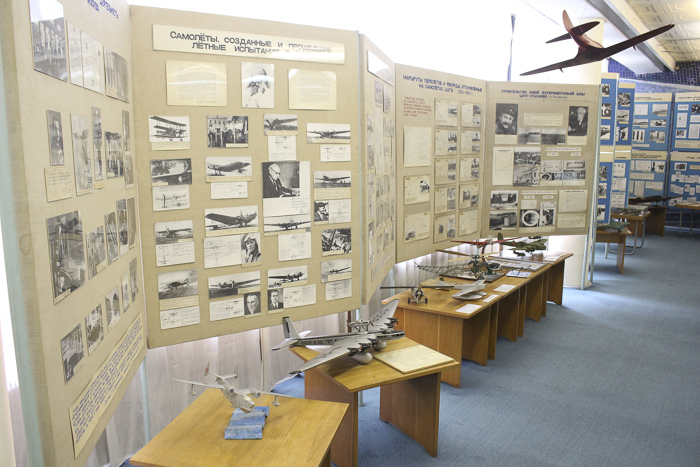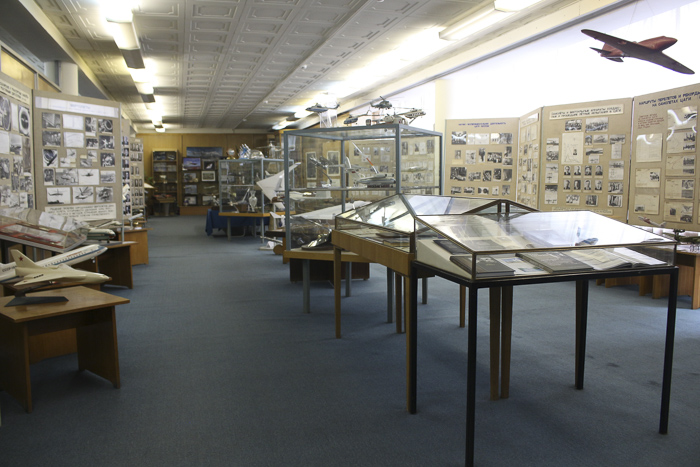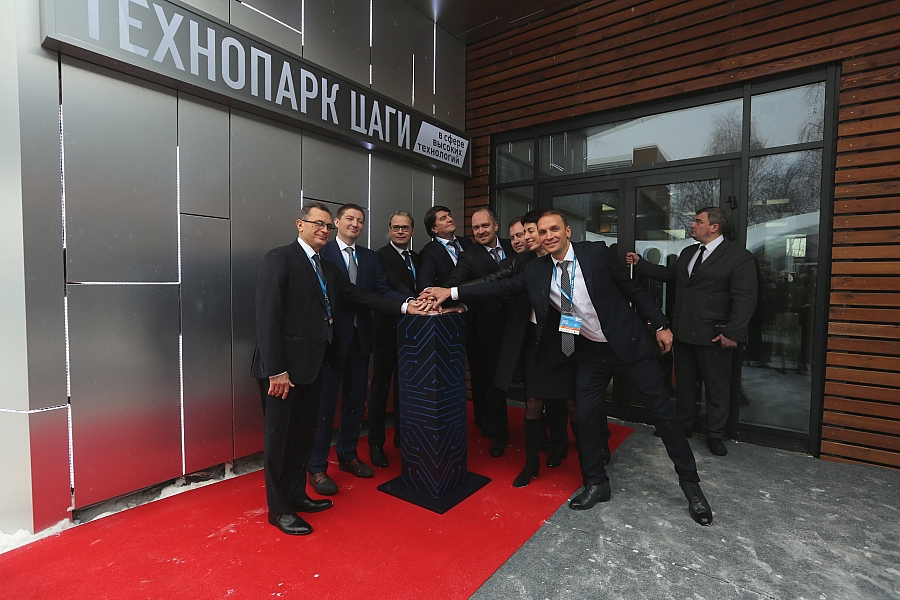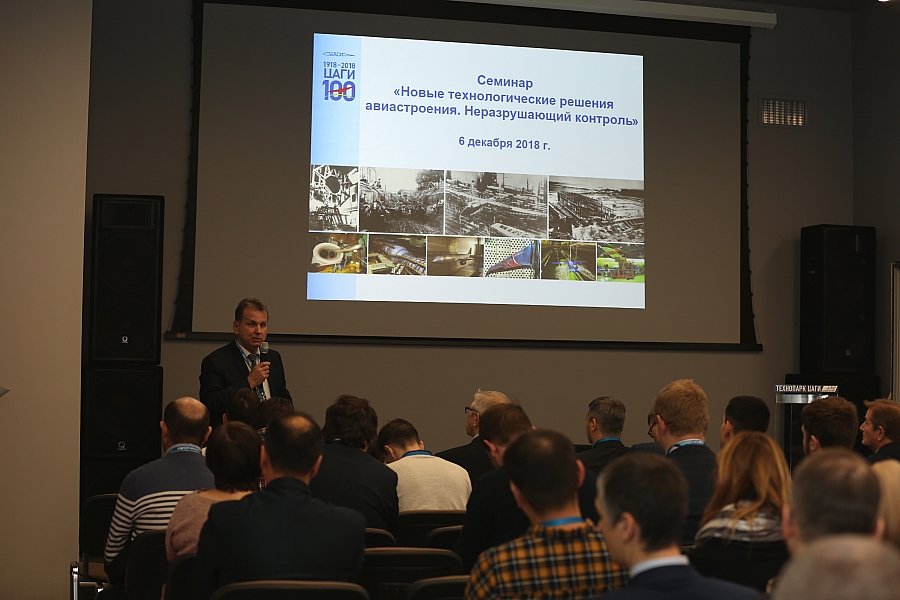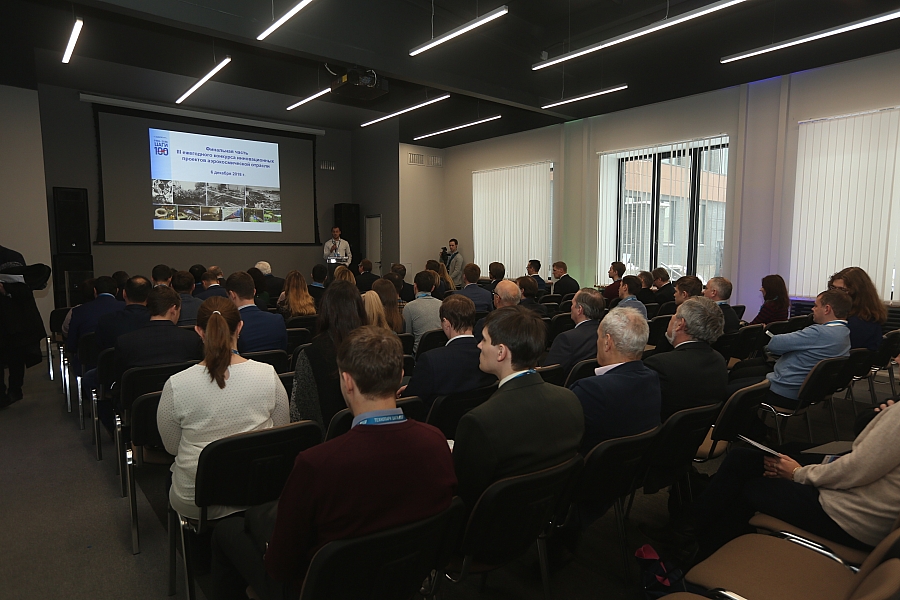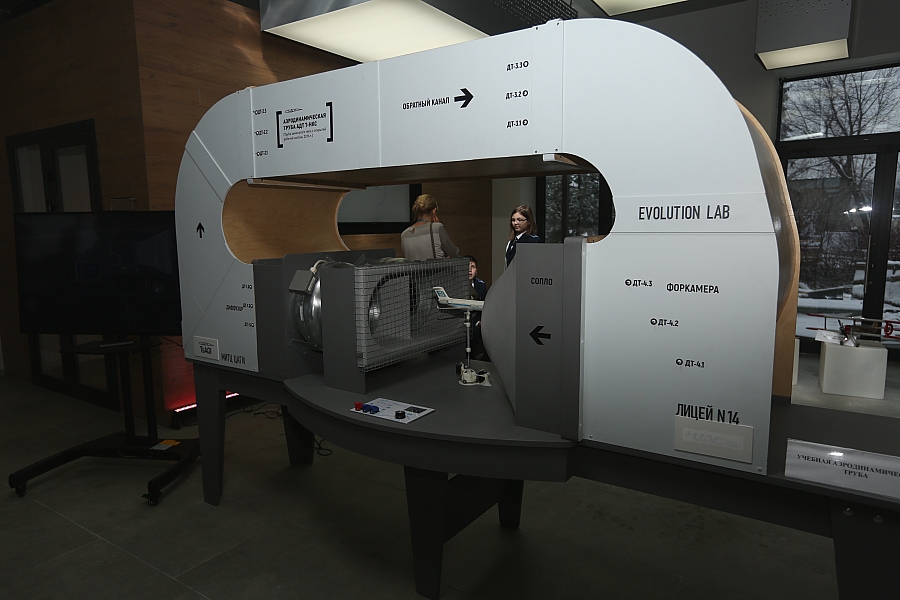Much equipment Central Aerohydrodynamics Institute and its wind tunnels have no analogues in the world. The world-famous scientists, whose names were included in the textbooks on aero- and hydrodynamics, when they visited him, spoke laudably of the talents of their Russian colleagues. Over the 100 years of Central Aerohydrodynamics Institute’s existence, several generations of famous scientists and engineers have grown up within its walls. The aircraft designers used the results obtained by them in building airplanes and helicopters, the architects — houses and bridges, the machine builders — cars, cars, and ships. Over time, Central Aerohydrodynamics Institute became the basis of the aviation industry of the states
History of Central Aerohydrodynamics Institute
Central Aerohydrodynamic Institute named after professor N.Е. Zhukovsky was founded in 1918 (December 1, 1918 began its work). The founder of Central Aerohydrodynamics Institute, a professor at the Imperial Technical School and Moscow State University, Nikolai Yegorovich Zhukovsky, had very deep knowledge of higher mathematics and engineering. His theoretical work in the field of aviation, the practical experience of creating wind tunnels and the research conducted in these laboratories served as the foundation for the development of aviation science in Russia.
In the following decades, the structure of Central Aerohydrodynamics Institute repeatedly changed, optimally adapting to the spectrum of the tasks and needs of the national economy. The intensive work of the institute, directed in the pre-war years, first of all, on the progress of aircraft building, was carried out in close cooperation with the EDO and factories. As early as 1925, work was completed on the formation of the “Standards for the Strength of Airplanes” - the most important document for the development of aviation, which was subsequently constantly improved as aviation technology evolved. To assist designers in Central Aerohydrodynamics Institute in 1937, the first volume of the Handbook for Designers was released, in which the aerodynamics requirements of the aircraft were systematised. “Hydromechanics of a seaplane” and “Aircraft Strength” were published in volumes II and III in 1938–1939. In wartime conditions in 1943, CADI issued a fundamental edition - “A Guide for Designers”.
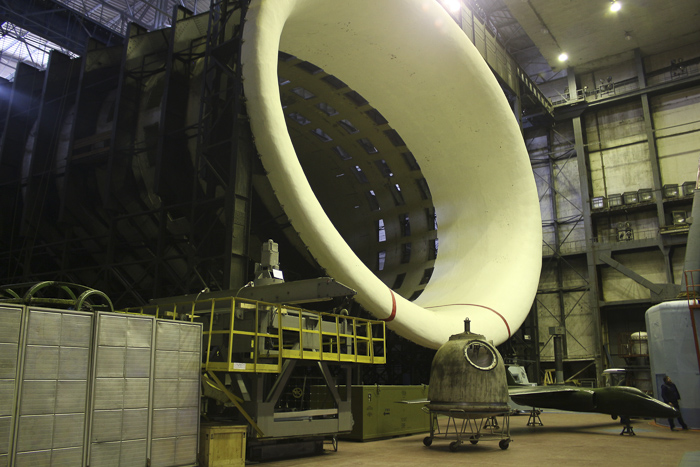
Т-101
The appearance in the mid 1930s. high-speed monoplanes required an expansion of the institute’s experimental base. The foundation stone of the new Central Aerohydrodynamics Institute was laid in 1935, and after four years, the block of large pipes T-101 and T-104 came into operation. A completely new installation was the T-106 aerodynamic variable-pressure tube, which made it possible to obtain high transonic speeds.
For employees, a residential settlement was built, which in the spirit of the time was named Stakhanov. Soon the village became a city of central administrative subordination, which was named Zhukovsky, in honour of the founder of CADI. In the 30s – 40s CIAM (1930), VIAM (1932), LII (1941), EDO A.N. Tupolev (1936), SibNIA (1946) and a number of other, later world-renowned organisations.
During the Great Patriotic War, Central Aerohydrodynamics Institute conducted innovative research aimed at improving the tactical and technical characteristics of Soviet combat aircraft, as well as modernising and improving the existing aviation fleet, but did not stop fundamental research, thanks to which in the first post-war years, domestic aviation made a revolutionary leap in supersonic velocity region.
The formation of rocket technology in the USSR also did not pass without the participation of Central Aerohydrodynamics Institute. Moreover, the next expansion of the experimental base of the institute, which took place at the turn of the 1950s – 1960s, was aimed at creating new facilities that provide hypersonic flow rates and simulate such complex processes as aerodynamic heating when the aircraft enters the atmosphere, propagating shock waves and more.
Milestones for the institute were studies of aerodynamics and flight dynamics of airplanes with variable geometry wings. Conducting research has stimulated the development of the computing base of the institute and the formation of the direction of numerical calculation methods in gas dynamics and strength. In the late 1960s. The work on the creation of front-line fighters of a new generation with high thrust-to-weight ratio and manoeuvrability was launched. Central Aerohydrodynamics Institute specialists made an important contribution to the creation of the Il-96, Tu-204 and An-124 passenger and transport aircraft.
One of the most large-scale work carried out with the involvement of all departments of the institute was the creation of the Buran aerospace plane. For example, for the study of its thermal protection, a full-scale thermal strength vacuum UFVC chamber with a diameter of 14 m and a length of 30 m was built. The problems of acoustic durability, the construction of algorithms for an automatic control system, and much more were solved.
In 1994, by decree of the President of the Russian Federation, Central Aerohydrodynamics Institute received the status of the State Scientific Center. The scientific achievements of the Central Aerohydrodynamics Institute team are undoubted, and for a long time the names of many of its employees are inscribed in golden letters in the history of world aviation. No less important achievement is the creation of a system of scientific research, which allows to avoid duplication and dispersion of funds.
For a major contribution to the development of aerospace science and technology, Central Aerohydrodynamics Institute was awarded the Order of the Red Banner of Labor (1926), the Red Banner (1933), the Order of Lenin (1945), the Certificate of Merit of the Presidium of the Supreme Soviet of the RSFSR (1968) , Order of the October Revolution (1971). In 1998, CADI was thanked by the President of the Russian Federation.
Central Aerohydrodynamics Institute today
Since 2014, CADI, along with CIAM, GosNIIAS, SibNIA and GkNIPAS, has been a member of the National Research Center “Institute named after N.E. Zhukovsky ”, performing the role of a unified center of control of domestic applied science in the aviation field for the formation of a leading scientific and technical reserve based on the principles of interdisciplinary convergence of sciences and inter-sectoral integration of technologies.
Today, Central Aerohydrodynamics Institute is the largest state scientific center of the aviation and rocket and space industry of the Russian Federation, where the most difficult fundamental and applied problems in the fields of aerodynamics and hydrodynamics, aeroacoustics, flight dynamics and structural strength of aircraft, as well as industrial aerodynamics are being successfully solved.
Nowadays, Central Aerohydrodynamics Institute carries out a state expertise of all aircraft developed in the Russian design bureau, and gives a final conclusion on the possibility and safety of the first flight. Central Aerohydrodynamics Institute participates in the formation of state programs for the development of aviation technology, as well as in the creation of airworthiness standards and regulatory government documents. Central Aerohydrodynamics Institute has a unique experimental base that meets the highest international requirements.
At Central Aerohydrodynamics Institute, the concepts of advanced aircraft, new aerodynamic configurations of airplanes and helicopters, design-power schemes, criteria for assessing the stability and controllability of aircraft, standards in the field of strength, theory of flutter, fundamental and applied theoretical and experimental research in the field of aviation, rocket and space technology.
The institute is equipped with a unique experimental base, capable of simulating the flight of aircraft at ground speeds from 10 m / s to values corresponding to M = 25.
In its wind tunnels, Central Aerohydrodynamics Institute performs complex model and field tests to work out the optimal forms of all types of vehicles, trains, subway trains and air cushion vehicles. Wind loads on high-rise buildings, bridges, large-sized envelopes are being studied, a search for environmentally optimal options for building urban neighbourhoods is underway. The rich experience of creating special measuring instruments allowed Central Aerohydrodynamics Institute specialists to develop a range of industrial strain gauges and thermal converters. For the country's oil and gas complex, Central Aerohydrodynamics Institute has developed methods for determining the residual life of main pipelines and assessing the fatigue and survivability of welded joints of gas pipelines. The increased interest in environmentally friendly renewable energy sources has sparked keen interest in wind power plants, and therefore, Central Aerohydrodynamics Institute has further developed aerodynamic and strength studies of propeller and vertical-axle-type wind turbines. The Institute has a set of methods and programs for calculating wind power plants, the possibilities of testing their models in wind tunnels.
The Central Aerohydrodynamics Institute has developed a set of experimental and design studies of the strength and service life of bridges and high-rise structures, which are under intense wind loads. The joint work of the specialists of the institute with the designers allows to ensure the optimum material consumption of structures and their stability. Central Aerohydrodynamics Institute is a recognised leader in the aerodynamic design of fans and compressors of various schemes and sizes.
Among the main objects of the Central Aerohydrodynamics Institute test complex are:
- A subsonic wind tunnel T-101 (a wind tunnel T-101 of continuous action has two return channels and an open working part. The maximum air velocity in the pipe is 50-60 m / s. The first launch of the pipe took place in 1939. This wind tunnel introduced significant contribution to the improvement of the flight characteristics of aircraft, both civil aviation and combat aircraft)
- Transonic wind tunnel T-128 (designed for testing aircraft models in the range from 0.15 M to 1.7 M. This is approximately from 50 m / s to 500 m / s. The pipe was built in 1982. In 1983, the pipe was commissioned partially, with the first working part. Refers to the class of super-large installations - there are only 11 of them in the world)
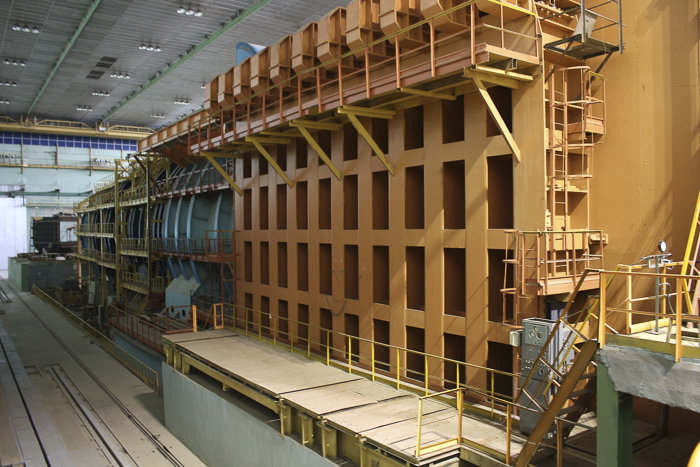
Т-128
- A complex of flight stands (the complex is located in the stand hall of the flight dynamics and control system section. Here are located: PS-MS stand / designed to test the flight dynamics and control systems of the MC-21 aircraft, PS-10M stand / manoeuvrable aircraft stand - designed for testing control systems and flight dynamics of manoeuvrable aircraft, as well as modelling air combat /, PSPK-102 stand / stand with a mobile cabin, designed to simulate the flight dynamics of non-manoeuvrable aircraft)
- The room for static tests (The hall is the leading industry laboratory for conducting static tests. Test methods worked out at the CADI statistical hall are mandatory for all the strength laboratories of the industry. Airplanes, helicopters and flarecraft, aerospace airplanes were tested here. Among the aircraft that passed here tests were Tu-4, Tu-144, Tu-204, MiG-29, MiG-31, Il-12, Il-114, Su-25, Mi-6, Mi-26, Lunnik, Buran , flarecraft SM-8, SSJ 100 and many other aircraft)
- Room for life tests (In this life test laboratory, full-scale tests of aircraft are carried out, both as a whole and as individual structural elements. The fact is that during the years of operation the structure is subjected to loads, and the task of life tests is to simulate several years of flights in the shortest possible time it was possible to assign resources.Imitation of the takeoff, flight, landing, mileage occurs. The laboratory is designed to conduct life tests of full-scale designs of airplanes and helicopters, and the main oil and gas pipelines).
The international cooperation
Central Aerohydrodynamics Institute is a regular participant in joint research, high-level scientific and technical activities, and other forms of cooperation. During its work in the field of international cooperation, the institute has established stable business relations and continues to successfully cooperate with leading foreign aerospace companies (Boeing, Airbus, Embraer, SAFRAN, Leonardo, Dassault Aviation, Thales, COMAC, etc.), research and development centres and European organisations Asia and America (ONERA, DLR, NLR, CAE, CARDC, NAL, DRDO, NASA, etc.), universities (Delft University of Technology, Cranfield University, De Montfort University, University of the Witwatersrand, etc.).
600 contracts and works on grants with foreign partners and 50 international projects of the Framework Programs of the European Union - this is the account of Central Aerohydrodynamics Institute at the moment. Such interaction is beneficial to all parties - the institute gains valuable experience, accumulates scientific and technical potential, develops technologies and demonstrates high competitiveness, and its partners receive the results of calculations and tests in which Central Aerohydrodynamics Institute is competent.
In 2004, Central Aerohydrodynamics Institute, with the support of the Ministry of Education and Science of Russia and the Ministry of Industry and Trade of Russia, was granted the status of a National Contact Point for EU-Russia cooperation in the field of aeronautics. This means that the institute supports and coordinates the scientific interaction of all enterprises in the industry with colleagues from Europe and expands the participation of Russian organisations in European research programs in the aerospace industry. In order to more quickly communicate with partners, the institute opened a contact bureau in Brussels (Belgium).
Central Aerohydrodynamics Institute meetings with future or existing project partners often take place at international events. These include the aerospace salons of the Paris Air Show (France), Farnborough (United Kingdom), ILA (Germany), Airshow China (China), Aero India (India), MAKS (Russia), Gidroaviasalon (Russia) and the largest scientific aerospace forums subjects (ICAS, EUCASS, STAI, IFASD, CEAS, etc.).
The Institute itself has more than once organised the prestigious international scientific and technical events. Among the most significant projects are the International Congress ICAS 2014 for the first time in Russia, the 4th IFAR Summit - the traditional meeting of the leaders of the world's leading research aviation centres, the International Forum of Aeroelasticity and Structural Dynamics IFASD 2015. In addition, the Institute conducts joint scientific seminars with major foreign aviation organisations - ONERA (France), DLR (Germany), CAE (China). Scientists share their results, seek common interests and agree on topics for joint projects.
Central Aerohydrodynamics Institute Museum
Any enterprise with a long history, such as Central Aerohydrodynamics Institute, has the opportunity to acquaint its guests and employees with a long history of enterprise development. Central Aerohydrodynamics Institute also has this opportunity, in the museum of which one can see and feel the history of the development of the institute as an important and integral element of science in our country. This is where you can see with your own eyes the various unique exhibits. The visit of any delegation to the Central Aero-Hydrodynamic Institute begins with a visit to the Central Aerohydrodynamics Institute museum.
The museum was created in 1964. The museum exposition tells about the history of the creation and development of Central Aerohydrodynamics Institute - the center of aviation science in our country. The museum’s photographs and documents show the most important stages in the development of the institute: first in Moscow and then in the village of Stakhanovo (since 1947 - the city of Zhukovsky). The work of the Central Aerohydrodynamics Institute team on solving complex scientific and technical problems that arose in the process of creating aviation, rocket and space technology was highlighted.
There are many rare models of aircraft in the exposition, including: the model of the first Russian-built aircraft designed by A.F. Mozhaisky; the first in the world multi-engine aircraft "Ilya Muromets" designed by I.I. Sikorsky; the first all-metal ANT-2 aircraft designed by AN Tupolev and the first designed and built in CADI helicopter 1-EA design AM. Cheryomukhina and many others. Also on display are models designed for testing in wind tunnels. These are models of airplanes of the 30s, the Buran aerospace vehicle and MiG-31 aircraft.
The museum contains a fragment of a full-scale experimental installation, with the help of which, for the first time in our country, studies of models with hypersonic flow were carried out. The Central Aerohydrodynamics Institute Museum has photographic and documentary archives that reflect the history of the development of aviation science in our country.
As a rule, visitors are greatly interested in the operating models of experimental installations: a full-scale wind tunnel T-101, a vertical T-105 pipe for testing helicopters and airplanes on a corkscrew; halls of static and life tests; installations for the study of flutter.
A special section of the exposition is devoted to the activities of Central Aerohydrodynamics Institute during the Great Patriotic War. For its great contribution to the Victory, the Institute was awarded the highest degree of distinction of the state - the Order of Lenin.
The exposition preserves for history the names of outstanding scientists of the institute who made a significant contribution to the formation of national science and technology. On the stands are photos of the laureates of the most prestigious award in the field of aviation sciences, the N.Ye. Award. Zhukovsky, as well as the State Prize, Lenin Prize, portraits of members of the Russian Academy of Sciences, who worked at Central Aerohydrodynamics Institute.
In the museum, visitors can see models of unusual aircraft - the results of Central Aerohydrodynamics Institute's search for research on the prospects for the development of aerospace technology.
The museum is visited by specialists in various thematic areas, including foreign specialists, representatives of various firms, design bureaus, students and schoolchildren.
Every year, an open day is held at Central Aerohydrodynamics Institute for schoolchildren of the city with a visit to the museum and a tour of the institute’s experimental facilities. Over a year more than a thousand people visit the museum.
Future of Central Aerohydrodynamics Institute
Celebrating a century, Central Aerohydrodynamics Institute can not help but think about the prospects. Can only wind tunnels and laboratories provide the institute with many more brilliant discoveries? Did accurate instruments bring him recognition? Or is it all about the people - employees who put all their skills into the work?
On December 6, 2018, a presentation of the innovative site - Central Aerohydrodynamics Institute Technopark was held. The idea of the developers is to place on this site high-tech industries, small innovative enterprises and start-ups in the aerospace field, advanced research laboratories, an engineering center, etc. “One of the objectives of the Central Aerohydrodynamics Institute Technopark organisation is to create an environment that stimulates the exchange of knowledge and technologies for the development of new solutions. First of all, this is the opening of modern laboratories, where the intellectual capital of our scientists and other research institutes of Russia, university students, and industrial partners will be used. Another task is the timely introduction to the market of products created on the basis of Russian scientific achievements ”, said Kirill Sypalo, Director General of FSUE Central Aerohydrodynamics Institute.
At the very beginning of the journey, the institute relied on a scientific school organised by N.Е. Zhukovsky, and with time he gave rise to several new ones. Theoretical and applied gas dynamics, aerodynamics, flight mechanics, the strength of aircraft — knowledge from one generation to another has been accumulated in each of these areas. One of the reasons for pride Central Aerohydrodynamics Institute - labor dynasty. Young people come to create airplanes and helicopters, inspired by the example of their elders. For this purpose, in Zhukovsky, as well as in Moscow, there are specialised technical universities - the faculty of aeromechanics and flying equipment of the Moscow Institute of Physics and Technology (SU) and the branch of MAI (RI). Graduates become engineers and researchers at Central Aerohydrodynamics Institute, and it is these people who will have to multiply the experience gained and solve the tasks that the future will set for them.





